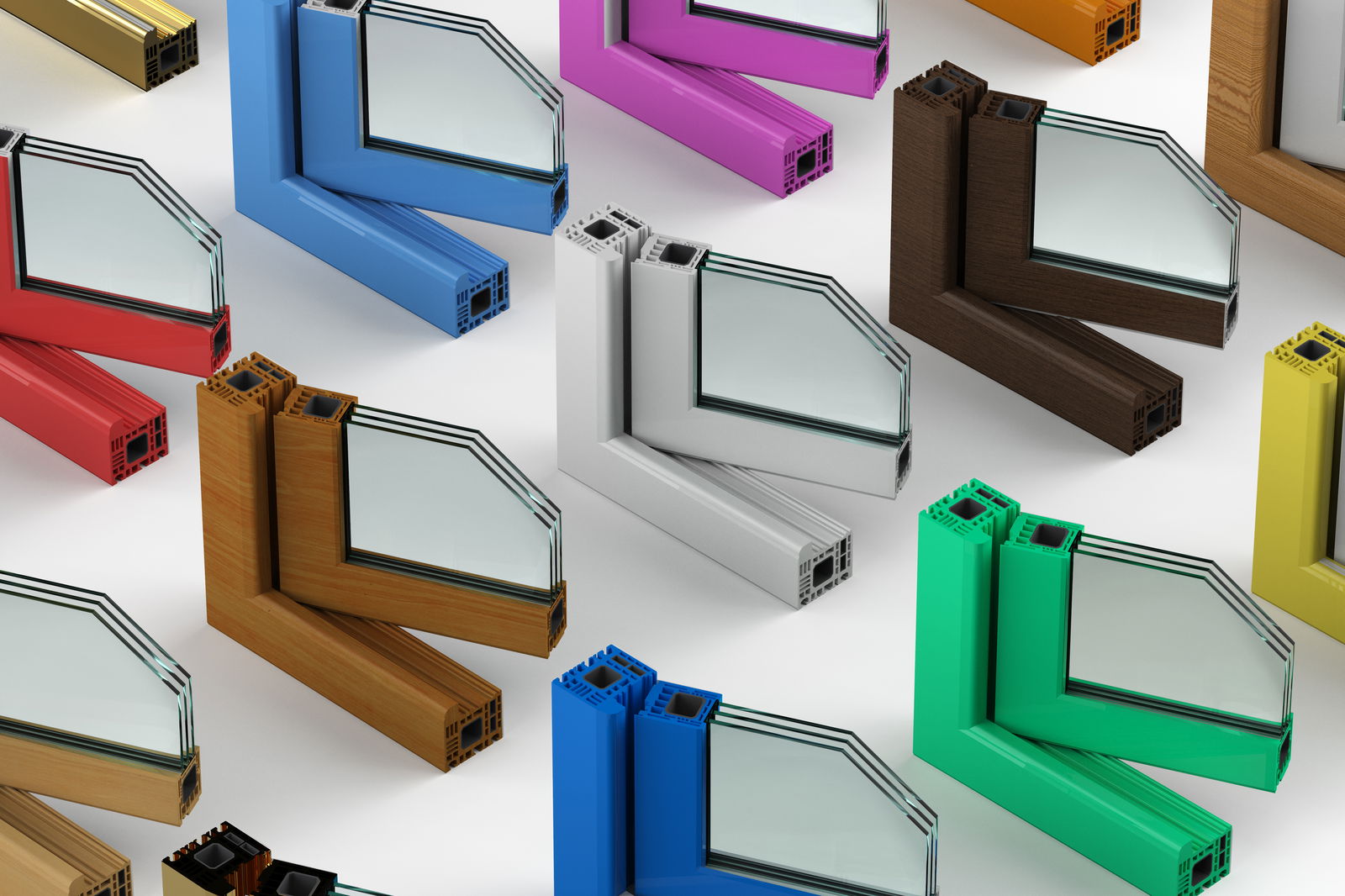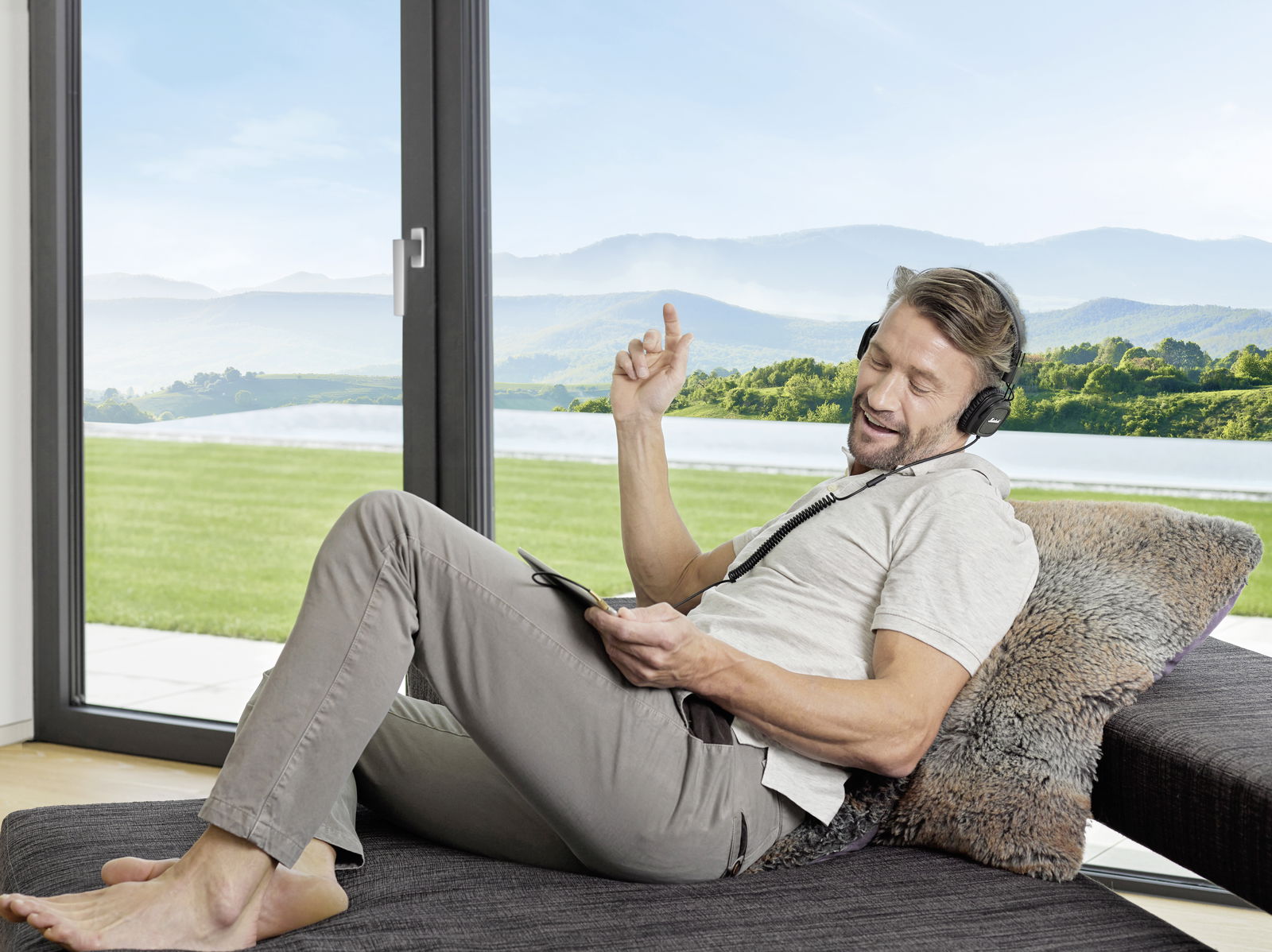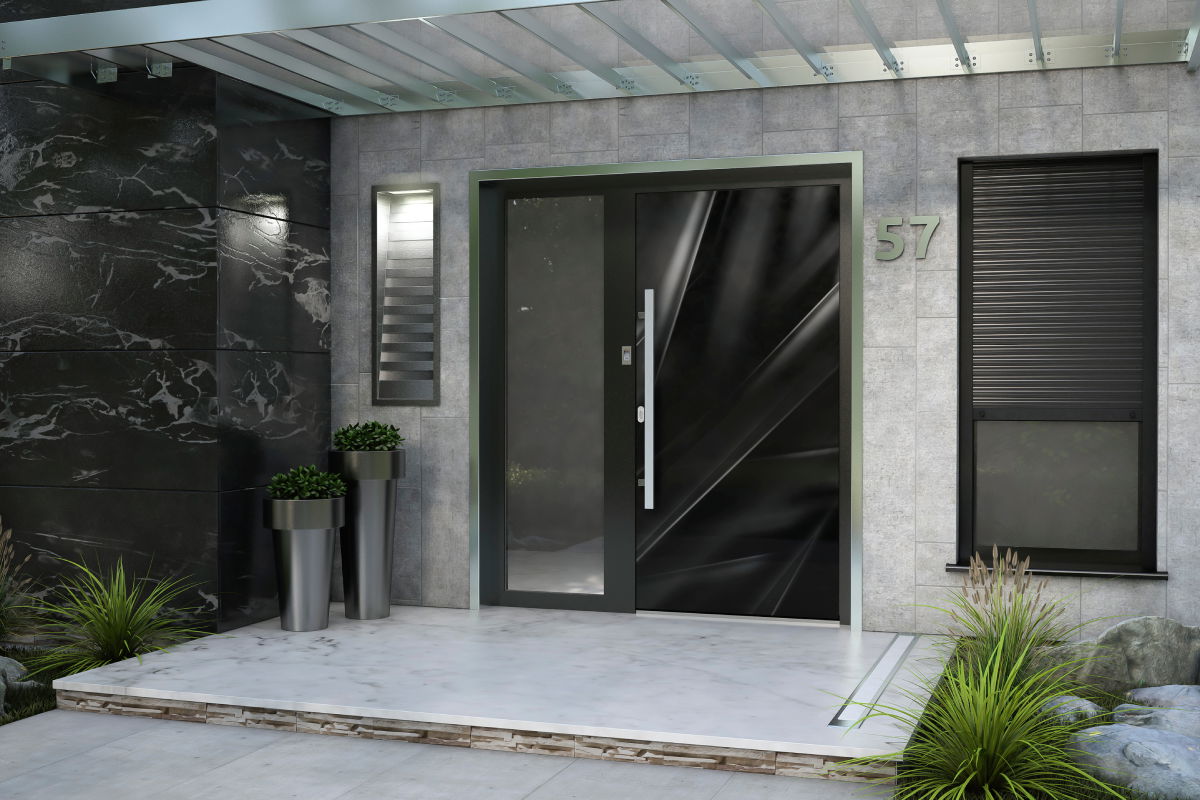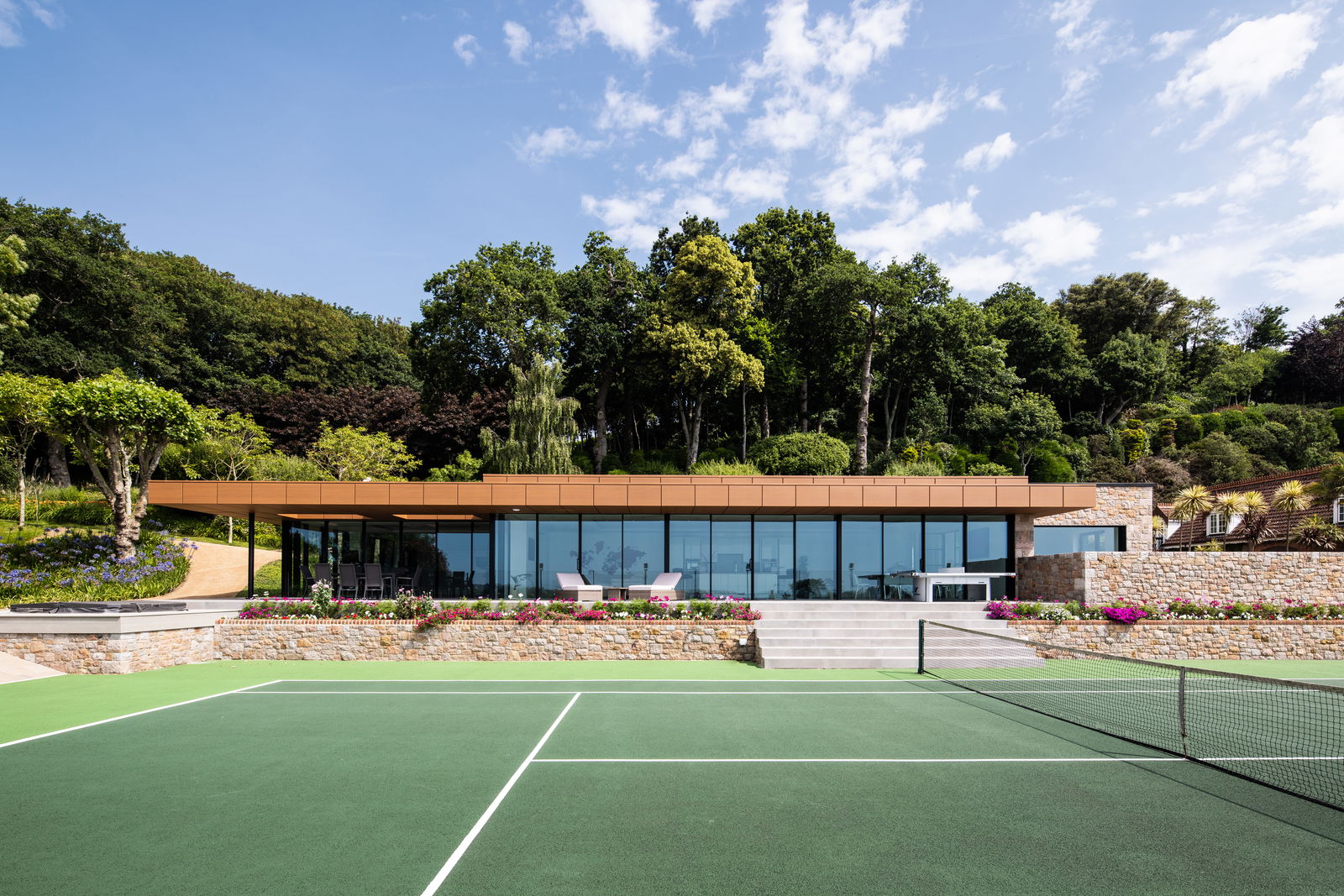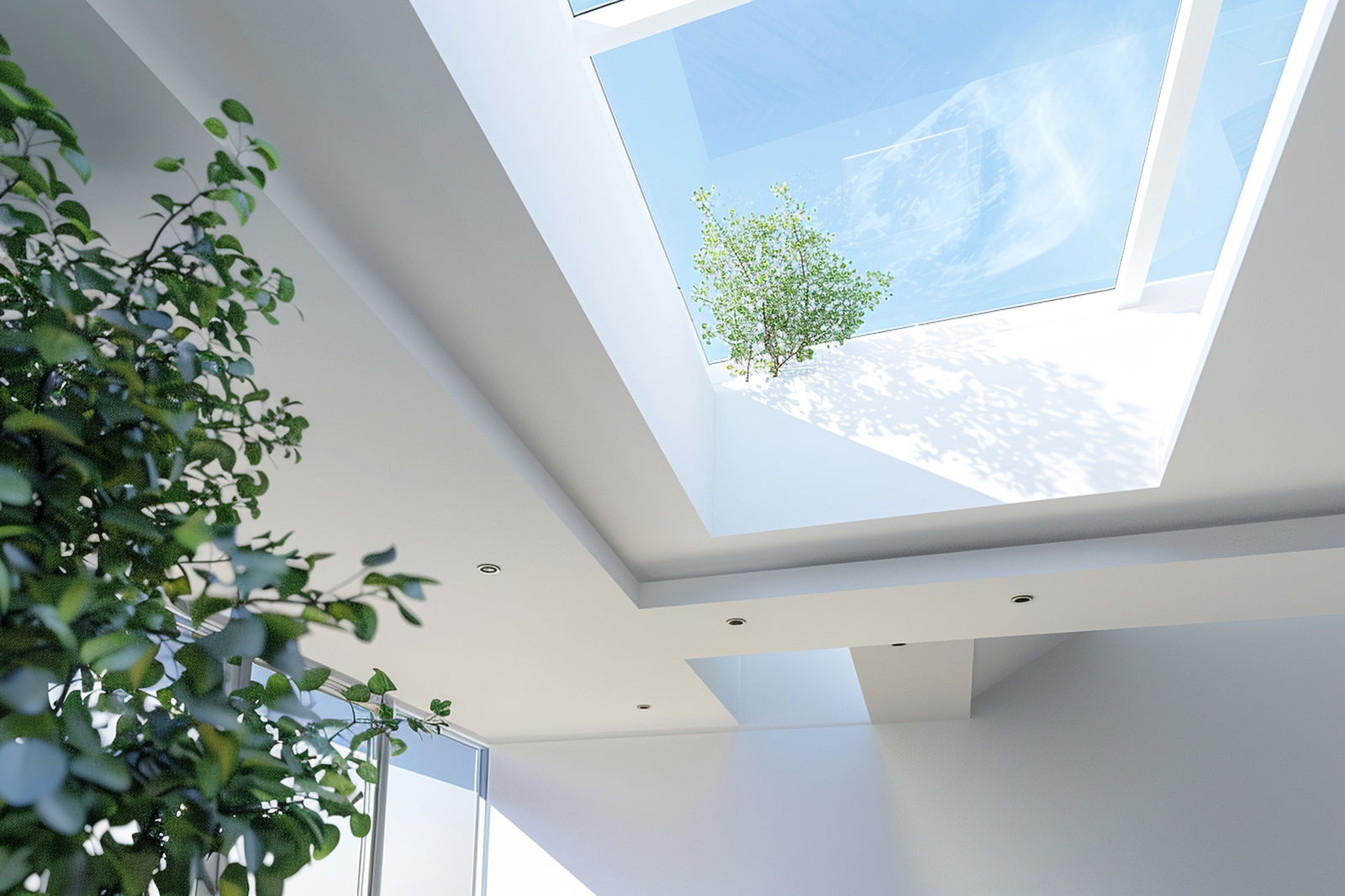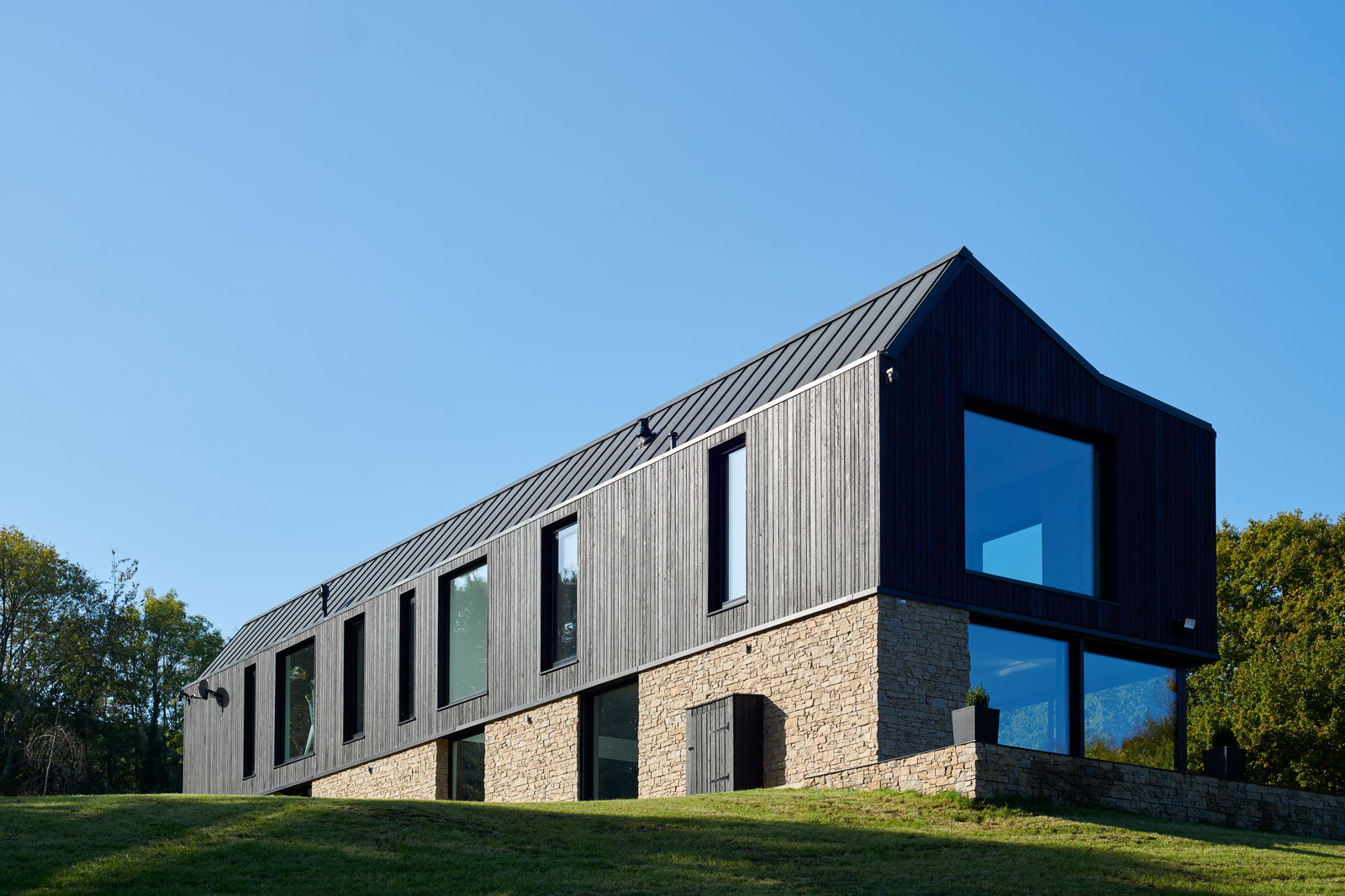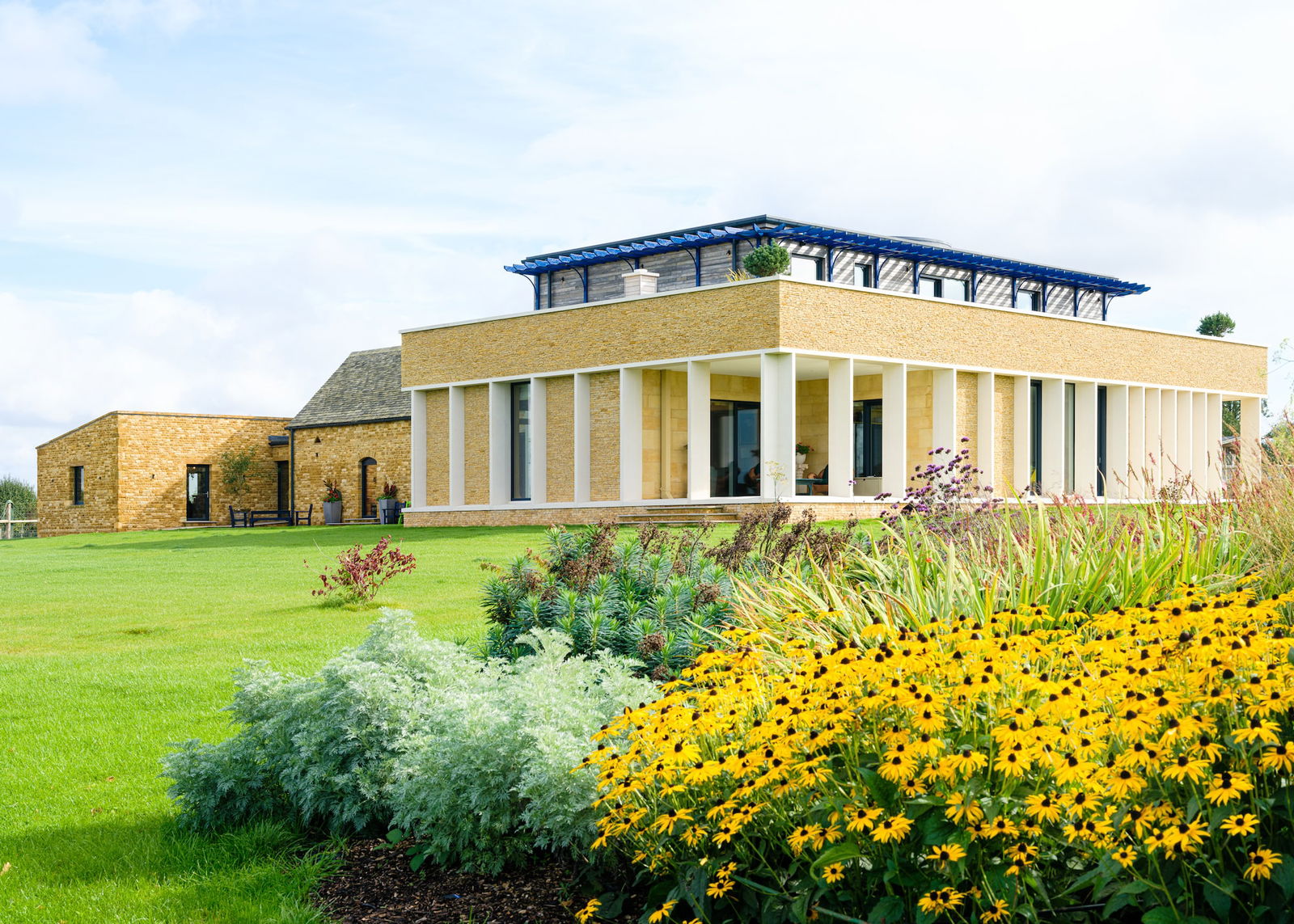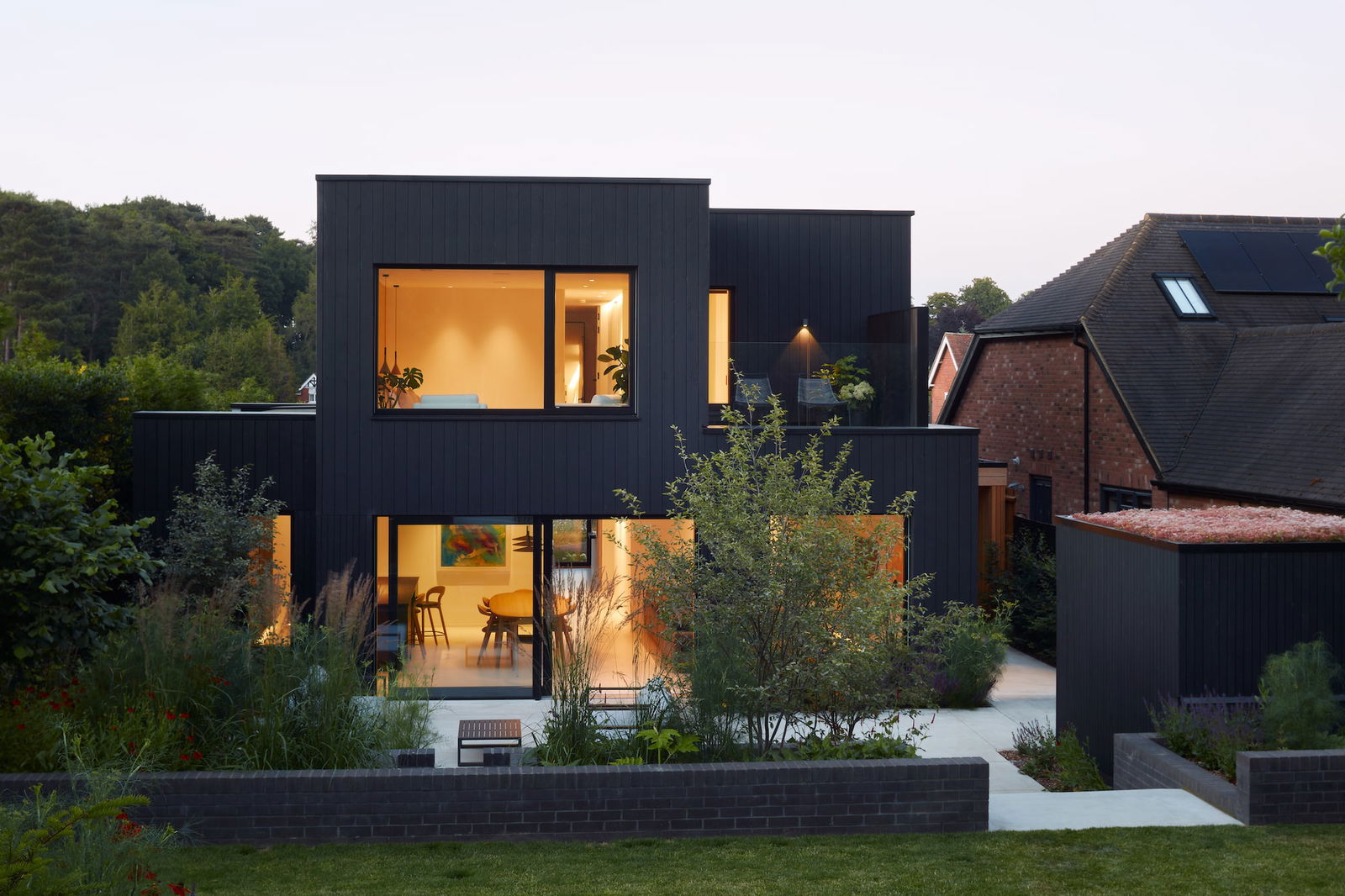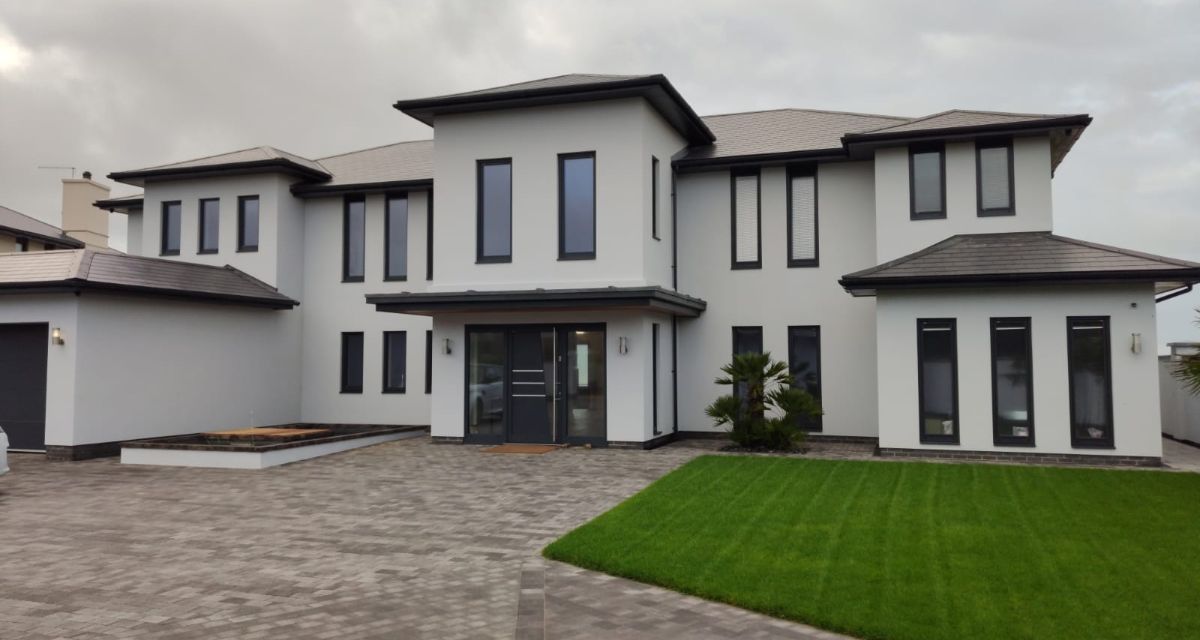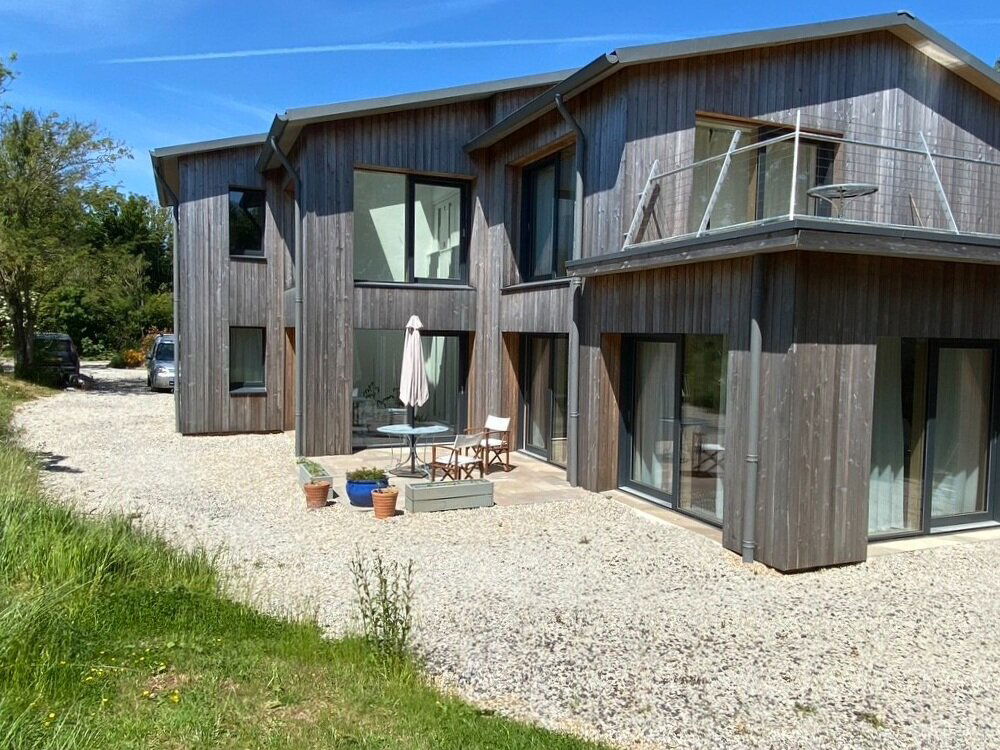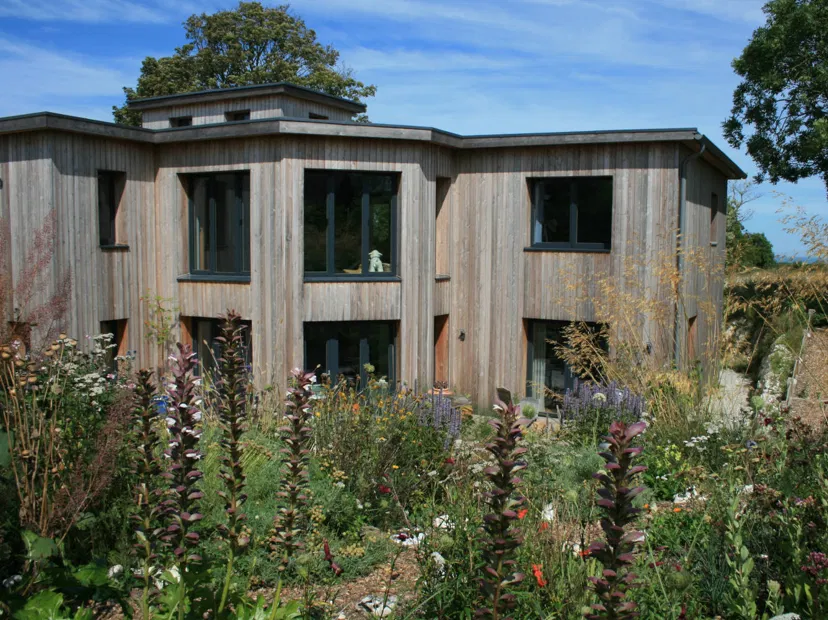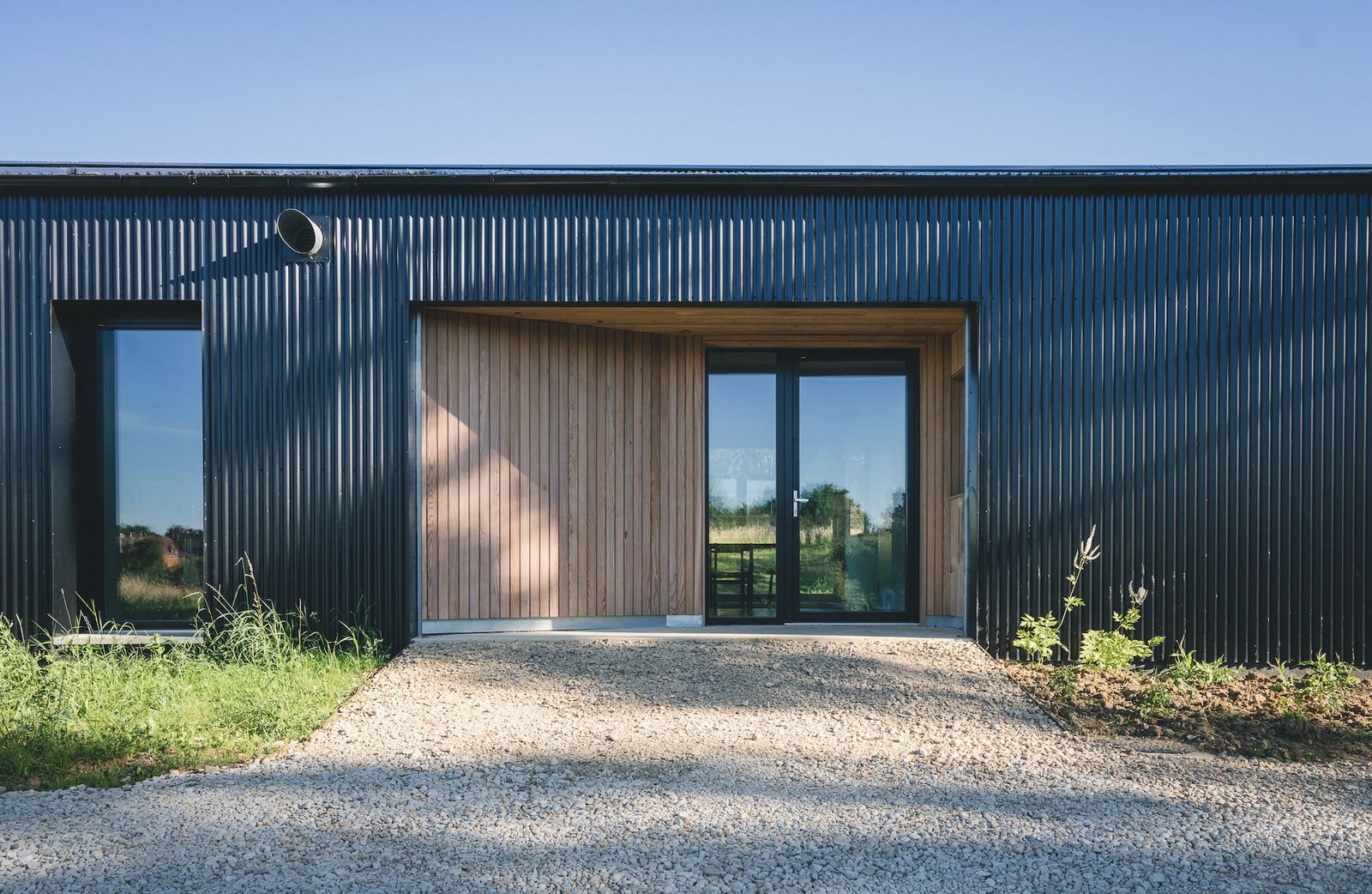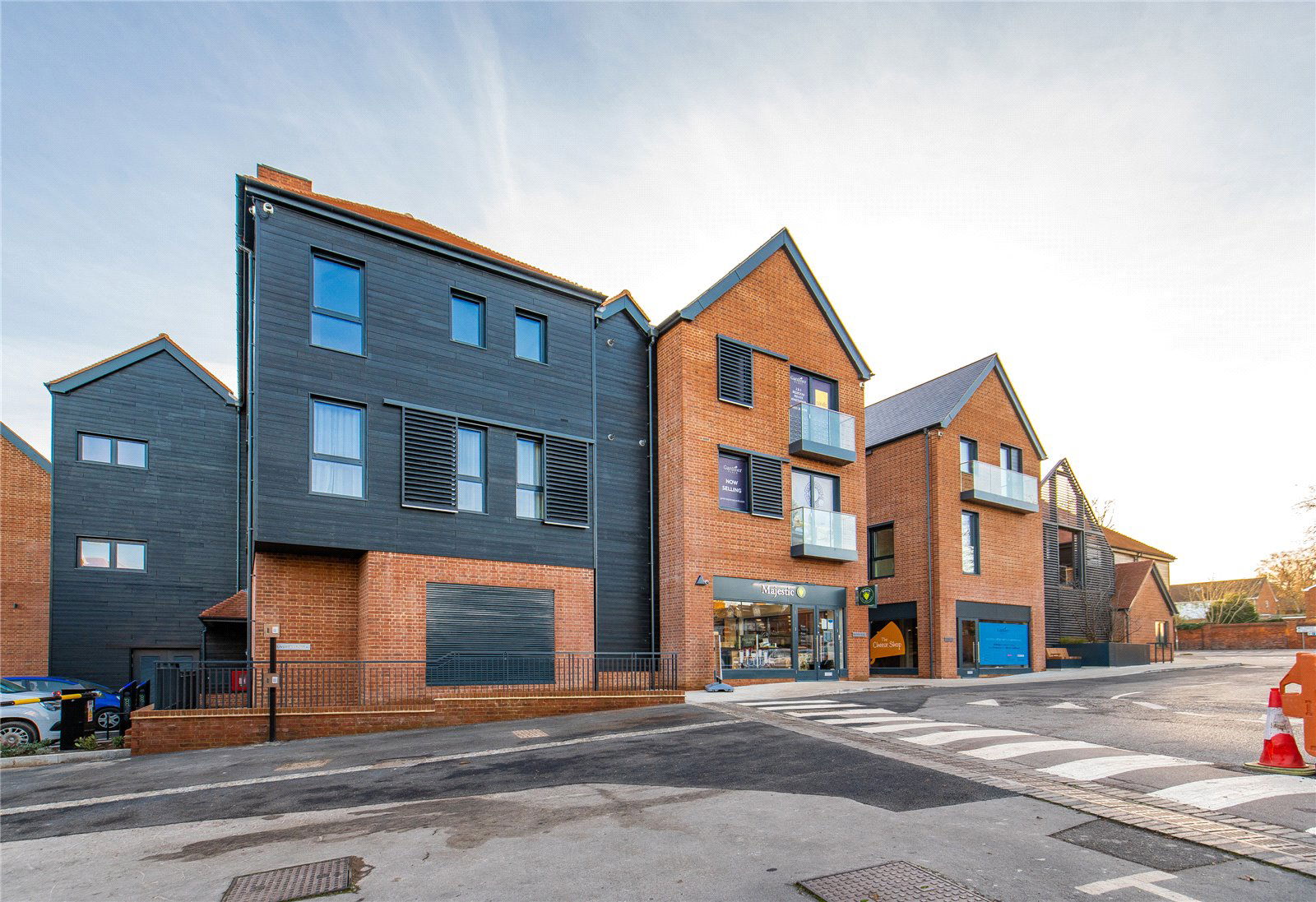What Are Passive Low-E Windows?
Passive low-E windows are designed to retain indoor heat, making them ideal for colder climates and north-facing windows. They typically have a microscopically thin metallic coating on the inside-facing surface of the outer pane, which reflects interior heat back into the room.
They are different from solar control low-E glass, which reflects incoming solar radiation, helping keep homes cooler in warmer months.
In the UK, especially in homes built before the 2015 Building Regulation updates, passive low-E windows were more commonly installed as a default energy-saving measure, without much consideration for solar gain—particularly in south-facing or west-facing rooms.
The Problem with Adding Film
Most window films are not compatible with passive low-E glass. Here’s why:
- Thermal stress: Applying a film (especially internal) to glass that already reflects infrared radiation can cause excessive heat build-up between layers, potentially leading to glass cracking or seal failure.
- Warranty issues: Adding a film may void the warranty on double-glazed units.
- Incorrect film type: Standard internal films often don’t function correctly with passive low-E coatings and may trap heat instead of reducing it.
Are There Any Workarounds?
Yes—but they require careful selection and ideally professional installation, especially when dealing with passive low-E glass.
External Window Films
- Applied to surface #1—the outside-facing glass pane
- Reduce solar gain before it enters the unit
- Avoid internal heat build-up, preventing thermal stress
- Ideal for south- and west-facing rooms that suffer from overheating
- Available in various tints and reflectivity levels for homes or commercial spaces
💡 Note: External films are typically more expensive and less durable than internal options due to weather exposure. You’ll likely need to replace them every 7–10 years, depending on the product.
⚠️ Important: External films do not improve insulation or U-values. Their purpose is to reduce solar gain and glare, not retain heat in winter.
Takeaway: Know Your Glass Before You Film
In the UK, not all energy-efficient windows are optimised for our increasingly hot summers. If your windows are passive low-E and you're facing overheating issues, external films may help—but they must be chosen with care.
Better yet, consider upgrading to modern solar control glazing, especially if your home is already due for a window refresh.






